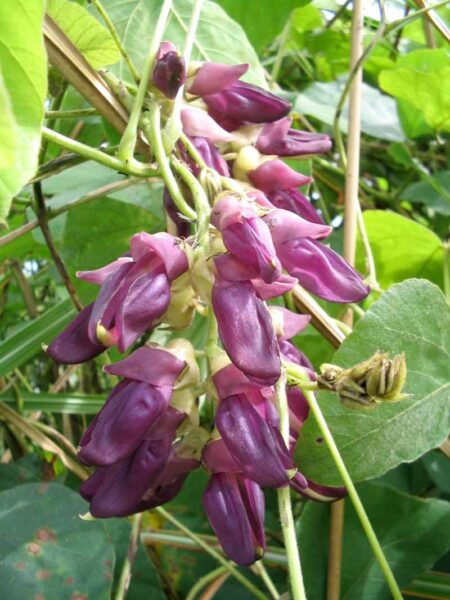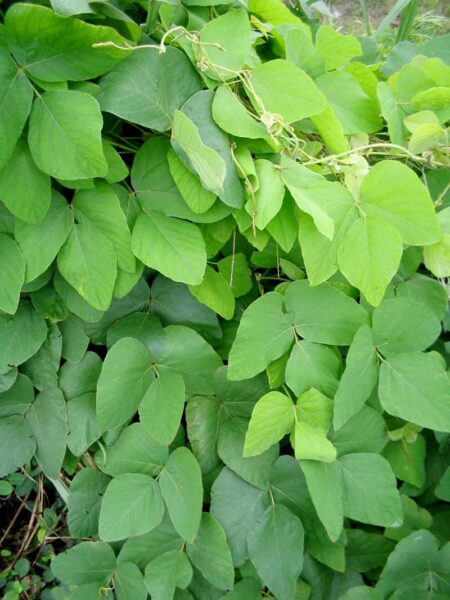Picapica: from nuisance weed to superbean
The residents of the Canal watershed know it. They call it “picapica“, and they try not to go near the […]
The residents of the Canal watershed know it. They call it “picapica“, and they try not to go near the dangerous creeper because it produces a bad memory. This wild vine grows everywhere, especially in low-lying areas, grasslands, secondary forests and roadsides. When they see it, they move away and try not to trip over it, because the itch it causes is serious.

The picapica creeper spreads like a tangle, has leaves, flowers and large seeds similar to beans, as they belong to the same family. It develops vigorously and produces clusters of a pod similar to the pigeon pea, but larger, sturdier and covered with golden hairs. These hairs are stinging and upon contact with the skin, cause severe dermatitis with irritation, itching, burning and redness.
But this pesky wild bean has an unexpected twist: it possesses surprising medicinal properties that have caught the attention of the scientific community. The seed of the picapica has been found to have bioactive components that can be used for a long list of medical treatments, so much so that it has been dubbed “the magic bean“.

Among the most significant components found in high concentrations is a substance known as L-Dopa, a precursor of dopamine. This is used for the treatment of Parkinson’s disease, a well-known neurodegenerative disease.
Other studies confirm that picapica has valuable medicinal properties such as nematicide, antidiabetic, antiepileptic, antimicrobial, anti-inflammatory, analgesic, neuroprotective and antioxidant.
It also has countless uses in traditional medicine for infertility, nervous disorders, circulation and arthritis. Other research mentions that its seed possesses components capable of neutralizing snake venom.

Additionally, this vine is a nitrogen-fixing plant as it acts by fertilizing the soil where it grows.
At first glance, some would say that it is just “bush”, but, ultimately, the natural history of the picapica is an example of the immense value of a dynamic biodiversity, wisely studied and managed for the benefit of humanity.
Scientific name: Mucuna pruriens
Facts: It is also called velvet bean and cowitch. Its seed has up to 35 % of protein, 28 % of starch, fatty acids of starch, fatty acids and minerals such as calcium, phosphorus, potassium, manganese, zinc, copper, iron and 17 amino acids that are part of the 17 amino acids that are part of the proteins, including the 9 essential amino acids for the human species. Its roasted seed is used as a coffee substitute in some places. Records from the 1920s mention that it was used in the isthmus as fodder for cattle and pigs.